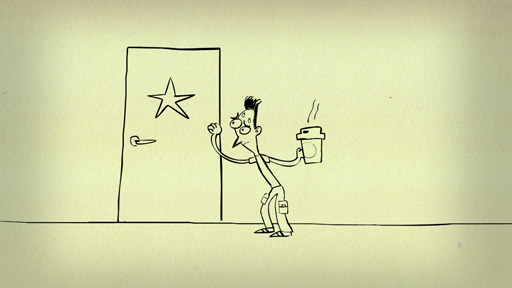2.3.2 Supernovae
In contrast to a low mass main sequence star, the death of a massive star is much more rapid and violent.
Download this video clip.Video player: ou_futurelearn_orion_vid_1056.mp4


Transcript
DAVID MITCHELL:
60-Second Adventures in Astronomy. Number 2-- Supernovae.
One of the most mind-blowing events in the universe is the explosion of a star. In 1054 CE, Chinese astronomers spotted one so bright they could see it in daylight. Today, you can still see a cloud of gas and dust from the same explosion and because a drawing of it looked like a crab, it was called the Crab Nebula. Much like a supercharged lighthouse, the centre of the star-- now a neutron star-- spins 30 times a second and sends out a beam of radiation. Several thousand of these have been discovered, each about 20 kilometres across, but with a mass similar to the sun. If we could imagine a cup full of neutron star matter, it would weigh 100 billion tonnes.
But supernovae are more than just impressive bangs. Life-forming elements like carbon and oxygen were created inside stars. And the explosion of the star creates even more elements, like gold and platinum, to create generations of stars and planets and a variety of attractive ornaments. So in a way, everything is made of stardust. But luckily, it’s not all quite as dense as a neutron star.
Interactive feature not available in single page view (see it in standard view).
In the next section, you’ll see how beautiful this process is.
